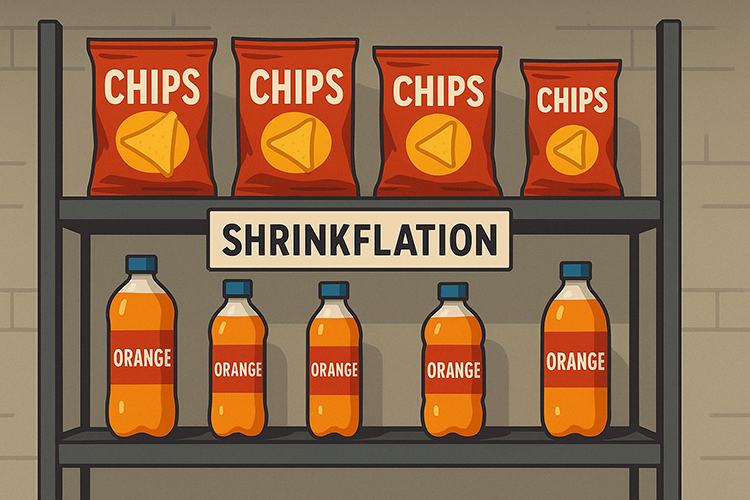2025-09-26
retail

The practice of selling goods in smaller sizes while keeping prices and packaging unchanged is under growing scrutiny across Central and Eastern Europe. Regulators and lawmakers are confronting the question of how much transparency should be required from producers and retailers, while consumers increasingly focus on value for money. In Poland, there is broad awareness of the issue, but no dedicated rule obliging companies to disclose downsizing. The competition authority has studied consumer reactions and found that many shoppers do not notice when packages shrink. Enforcement remains limited to general provisions against misleading practices, and as long as quantities and unit prices are displayed, traders are usually considered compliant. The Czech Republic takes a similar approach, though courts have begun to play a stronger role. Earlier this year, a Prague court confirmed a fine imposed on a dishwasher tablet manufacturer whose identical outer boxes contained different amounts. The case underlined that even if labelling is technically accurate, packaging that creates a deceptive overall impression can be judged unlawful. Consumer groups continue to push for clearer rules, but no special legislation has been passed. Slovakia updated its consumer protection framework in July 2024 with a new law that broadens the obligations of traders and strengthens rules against misleading practices. The act requires unit prices to be shown and expands information duties, which could make it easier to challenge undisclosed downsizing. So far, however, there have been no published cases directly targeting shrinkflation, leaving the scope of the law untested. Other countries in the region have gone further. Hungary introduced rules at the start of 2024 requiring retailers to alert customers when the quantity of a pre-packed item is reduced without a corresponding drop in price. Romania followed later in the year with similar obligations, mandating full and accurate disclosure whenever the size or weight of a product is reduced. These measures place clear responsibility on businesses to inform consumers at the point of sale. France adopted a comparable system in mid-2024, requiring supermarkets to post notices for two months when products are downsized. Italy also introduced a labelling obligation, but in March 2025 the European Commission opened proceedings against Rome, arguing that obliging companies to place individual notices on every item might go beyond what is proportionate under EU law. The challenge highlights a growing tension between national consumer-protection efforts and EU single-market rules. Across Central and Eastern Europe, the picture is therefore uneven. Downsizing itself is not prohibited, but expectations around transparency are rising. Where no dedicated rules exist, inspectors and courts decide whether practices mislead the average consumer. Where new obligations have been introduced, businesses must adapt their processes to flag changes more visibly. For producers and retailers, the safest course is to make reductions in content clear, as both regulators and consumers are showing less tolerance for packaging that conceals less product for the same price.

